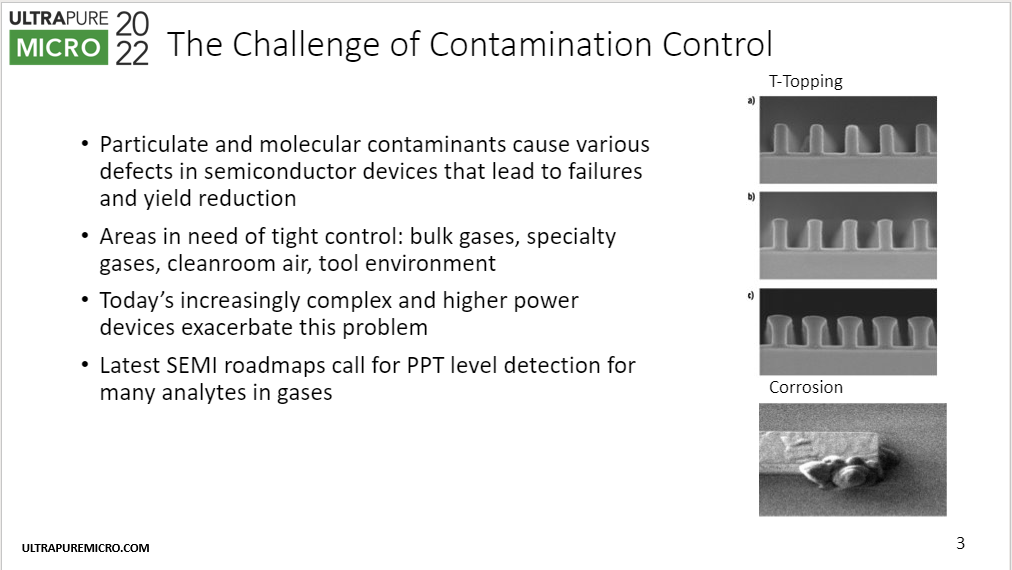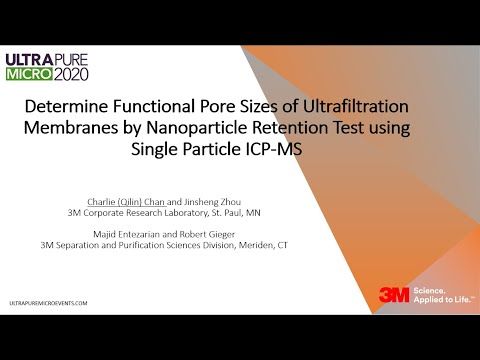Retention Efficiency for sub-30 nm Particles Quantitatively Measured by Single Particle Detection
Date Published 2019 | Conference materials
Log in or Join UltraFacility to access this content
To access our resources you will need to be a member of UltraFacility, log in to your account or purchase a membership to view this content.
Already have an account? Log in
This presentation was given at the Ultrapure Micro 2019 annual conference. It was presented in the Ultra High Performance Chemicals and High Purity Gases track, as part of the Nanoscale Analytical: PPW? session.
Organizations: 3M
Authors: Charlie Chan, Jinsheng Zhou, Daniel Lei, Robert Gieger
, Tags: Particle Count and DetectionMetrology and Analytical TechnologySEMINanoparticles
Related content
Conference material | 2018
Development of an Online Urea Monitor for Ultrapure Water Production in Semiconductor Fabrication Plants

Conference material | 2022
Multi-Species PPT-Level Impurity Detection in Electronic Bulk Gases Using Atmospheric Pressure Ionization Mass Spectrometry
Conference material | 2015
THM – A Novel Sustainable Approach as a Global Solution for UPW Applications

Conference material | 2020
Determine functional pore sizes of ultrafiltration membranes by nanoparticle retention test using single particle ICP-MS
Back to results